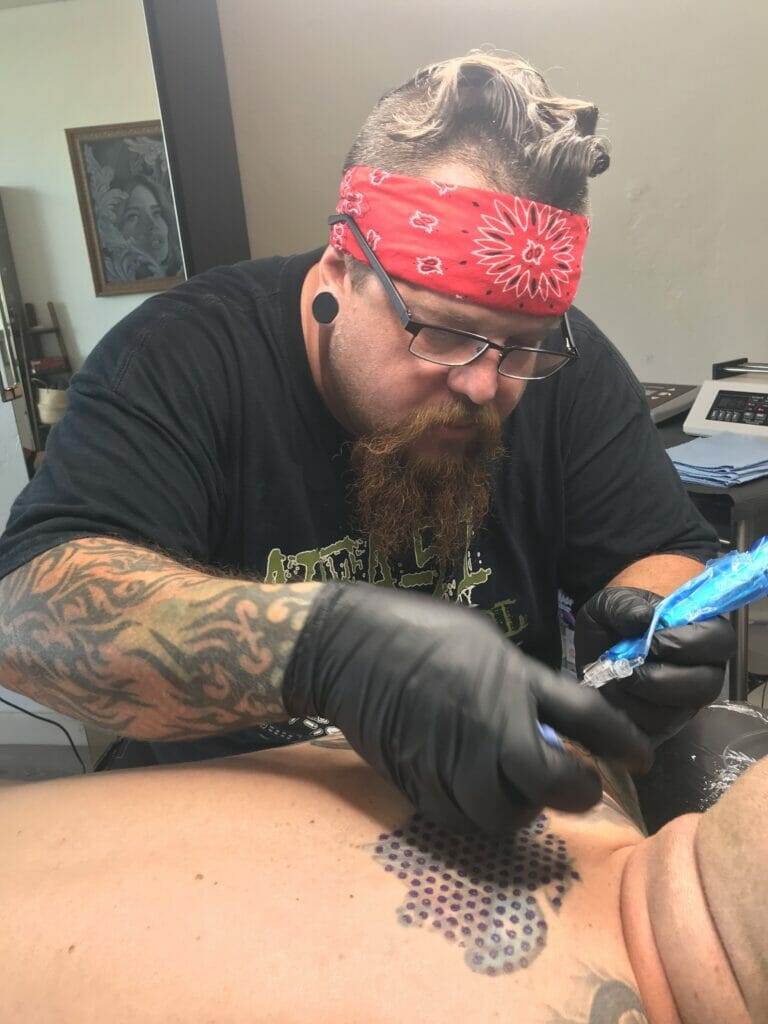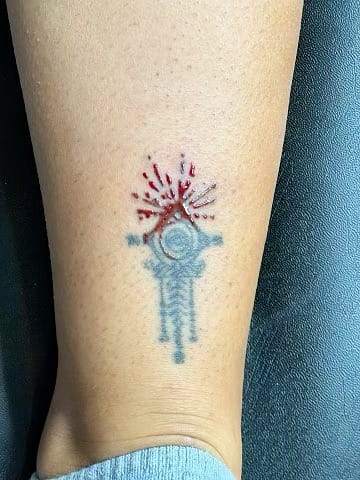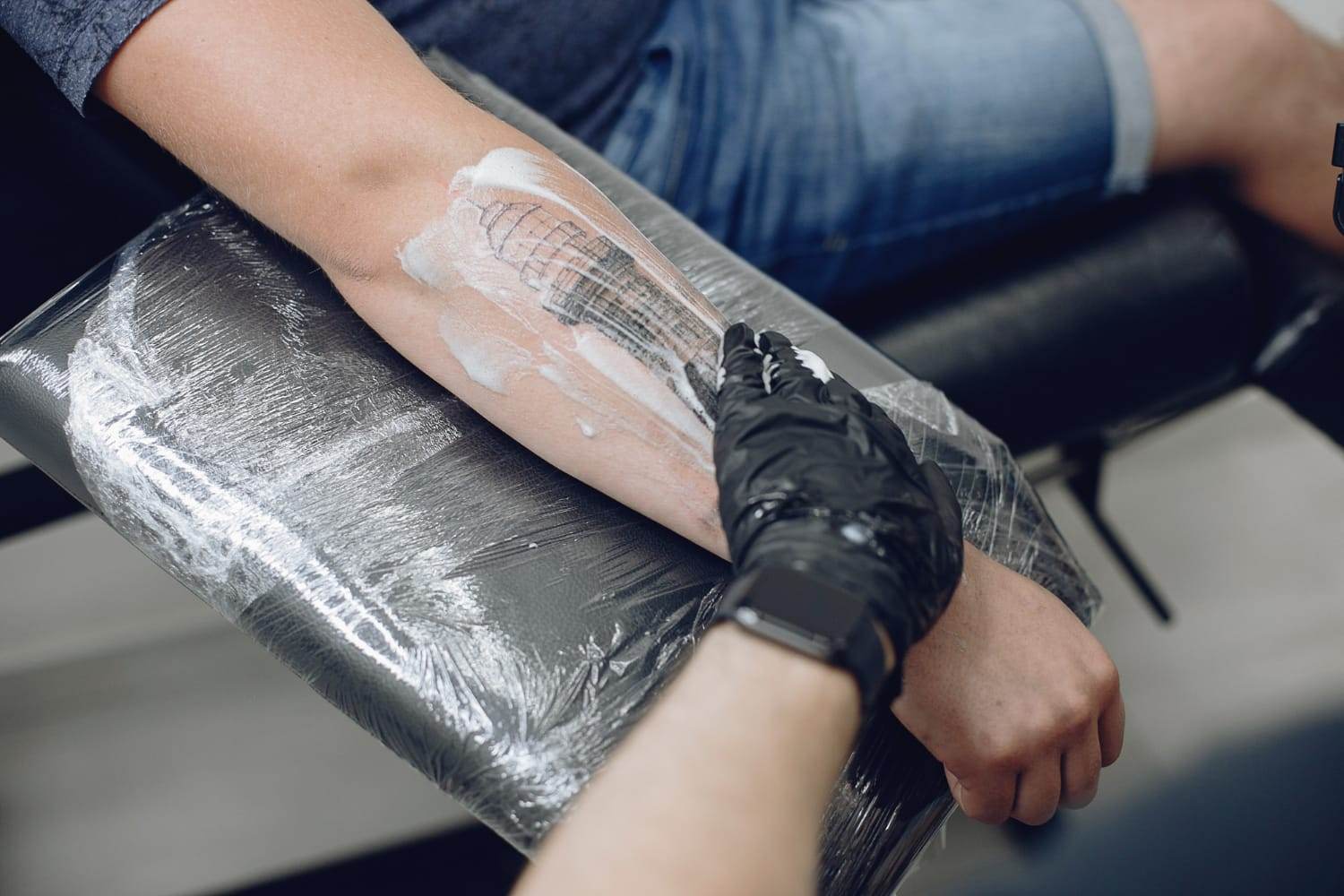In recent years, there has been a significant increase in the popularity of non-laser tattoo removal methods. Many people are turning to these alternatives as they offer a safer and more versatile option for removing unwanted tattoos. Non-laser tattoo removal methods have gained traction due to their ability to reduce the risk of scarring and pigmentation changes, as well as their effectiveness on a wider range of tattoo types and colors.
Understanding the Risks of Laser Tattoo Removal
Laser tattoo removal is a common method used to remove tattoos, but it does come with potential risks and side effects. One of the main risks is the possibility of scarring. Laser removal can cause burns and damage to the skin, which may result in scarring or changes in pigmentation. Additionally, laser removal may not be effective on certain colors and types of tattoos. Darker colors, such as black and blue, tend to respond better to laser treatment, while lighter colors like yellow and green can be more challenging to remove.
The Benefits of Non-Laser Tattoo Removal
Non-laser tattoo removal methods offer several benefits over laser removal. One of the main advantages is the reduced risk of scarring and pigmentation changes. Non-laser methods, such as chemical peels and dermabrasion, work by gently exfoliating the skin and promoting cell turnover, which can help fade the tattoo over time without causing significant damage to the surrounding tissue. Additionally, non-laser options are more versatile and can be used on a wider range of tattoo types and colors.
How Non-Laser Tattoo Removal Works
Non-laser tattoo removal methods work by breaking down the ink particles in the skin so that they can be naturally eliminated by the body. Chemical peels involve applying a solution to the skin that causes the top layers to peel off, taking some of the tattoo ink with them. Dermabrasion uses a rotating brush or diamond-tipped tool to remove the top layers of skin, gradually fading the tattoo. Saline solution injections involve injecting a saline solution into the tattooed area, which helps to break down the ink and flush it out of the body.
Natural Ingredients Used in Non-Laser Tattoo Removal
Many non-laser tattoo removal methods incorporate natural ingredients that can help break down tattoo ink and promote healing. Aloe vera is a common ingredient used in non-laser removal creams and gels due to its soothing and healing properties. Lemon juice is another natural ingredient that is believed to help fade tattoos over time. Salt is also used in some non-laser methods as it can help draw out the ink from the skin.

Preparing for Non-Laser Tattoo Removal
Before undergoing non-laser tattoo removal, there are several steps you can take to prepare for the procedure. It is important to avoid sun exposure as much as possible before the treatment, as sunburned or tanned skin can be more sensitive and prone to complications. Certain medications, such as blood thinners or acne medications, may need to be avoided before the procedure as they can increase the risk of bleeding or other side effects. It is crucial to discuss any medical conditions or concerns with the practitioner beforehand to ensure a safe and successful treatment.
What to Expect During the Non-Laser Tattoo Removal Process
During a non-laser tattoo removal session, the practitioner will typically apply a numbing cream to the tattooed area to minimize discomfort. The removal process itself may cause some mild discomfort or a stinging sensation, but it is generally well-tolerated. The length of the removal process can vary depending on factors such as the size and color of the tattoo, as well as individual skin characteristics. Multiple sessions are usually required to achieve optimal results, with several weeks or months between each session to allow the skin to heal.
Aftercare Tips for Non-Laser Tattoo Removal
After a non-laser tattoo removal session, it is important to follow proper aftercare instructions to promote healing and reduce the risk of complications. It is crucial to avoid activities that may irritate or damage the treated area, such as swimming or excessive sweating. Applying healing ointments or creams recommended by the practitioner can help soothe the skin and promote faster healing. It is also important to keep the treated area clean and protected from sun exposure.
Comparing Non-Laser Tattoo Removal to Laser Removal
When deciding between non-laser and laser tattoo removal, it is essential to consider the pros and cons of each method. Laser removal may be more effective on certain colors and types of tattoos, but it carries a higher risk of scarring and pigmentation changes. Non-laser methods offer a reduced risk of scarring and can be used on a wider range of tattoos, but they may require more sessions to achieve desired results. Factors such as cost, pain tolerance, and individual preferences may also influence a person’s decision.

Choosing the Best Option for Your Tattoo Removal Needs
In conclusion, non-laser tattoo removal methods have gained popularity due to their reduced risk of scarring and versatility in treating various tattoo types and colors. While laser removal remains a common option, it does come with potential risks and limitations. It is crucial to choose a qualified practitioner and follow proper aftercare instructions to ensure safe and effective results. Ultimately, the decision between non-laser and laser tattoo removal should be based on individual needs and preferences.








